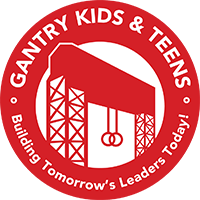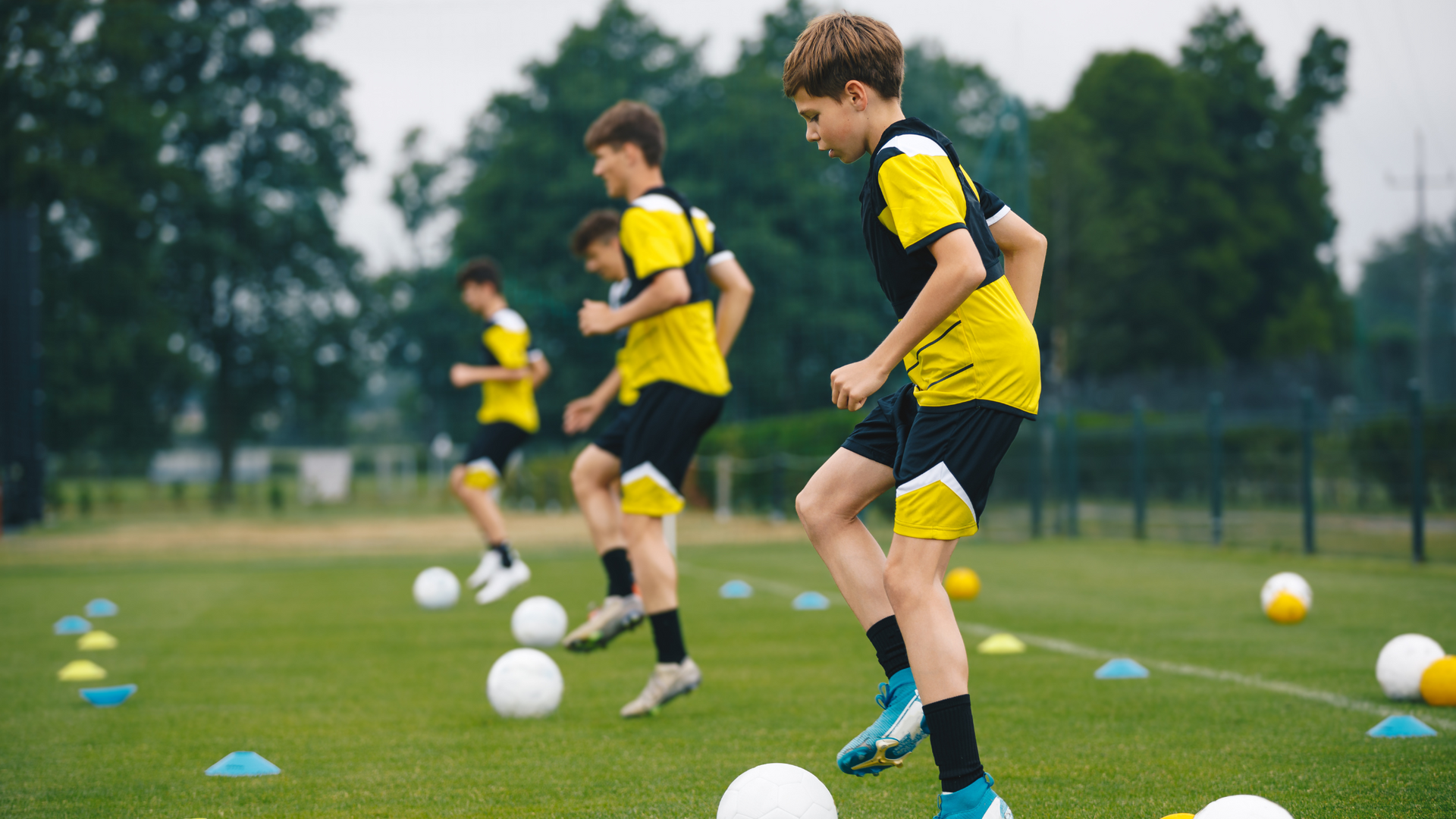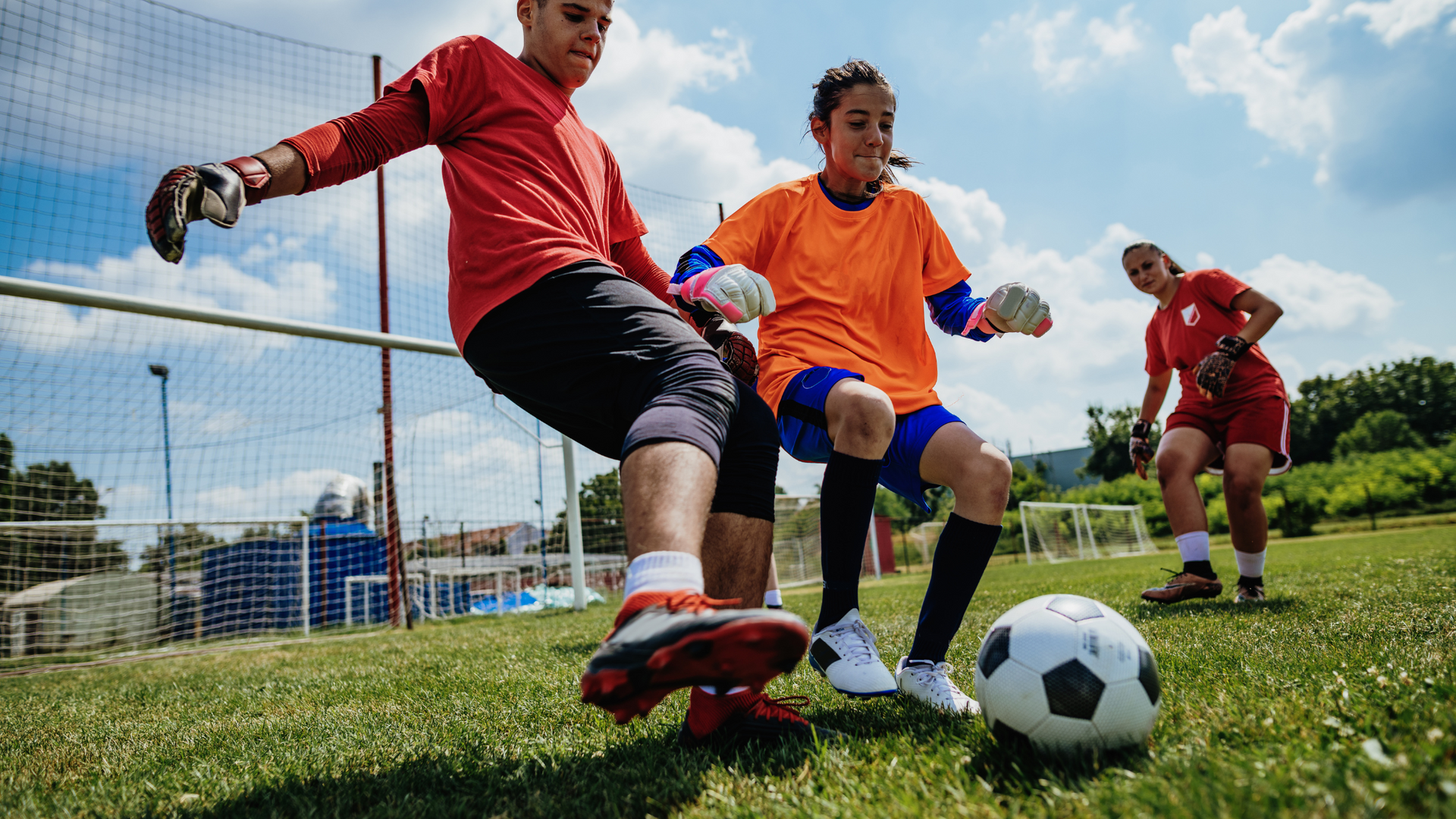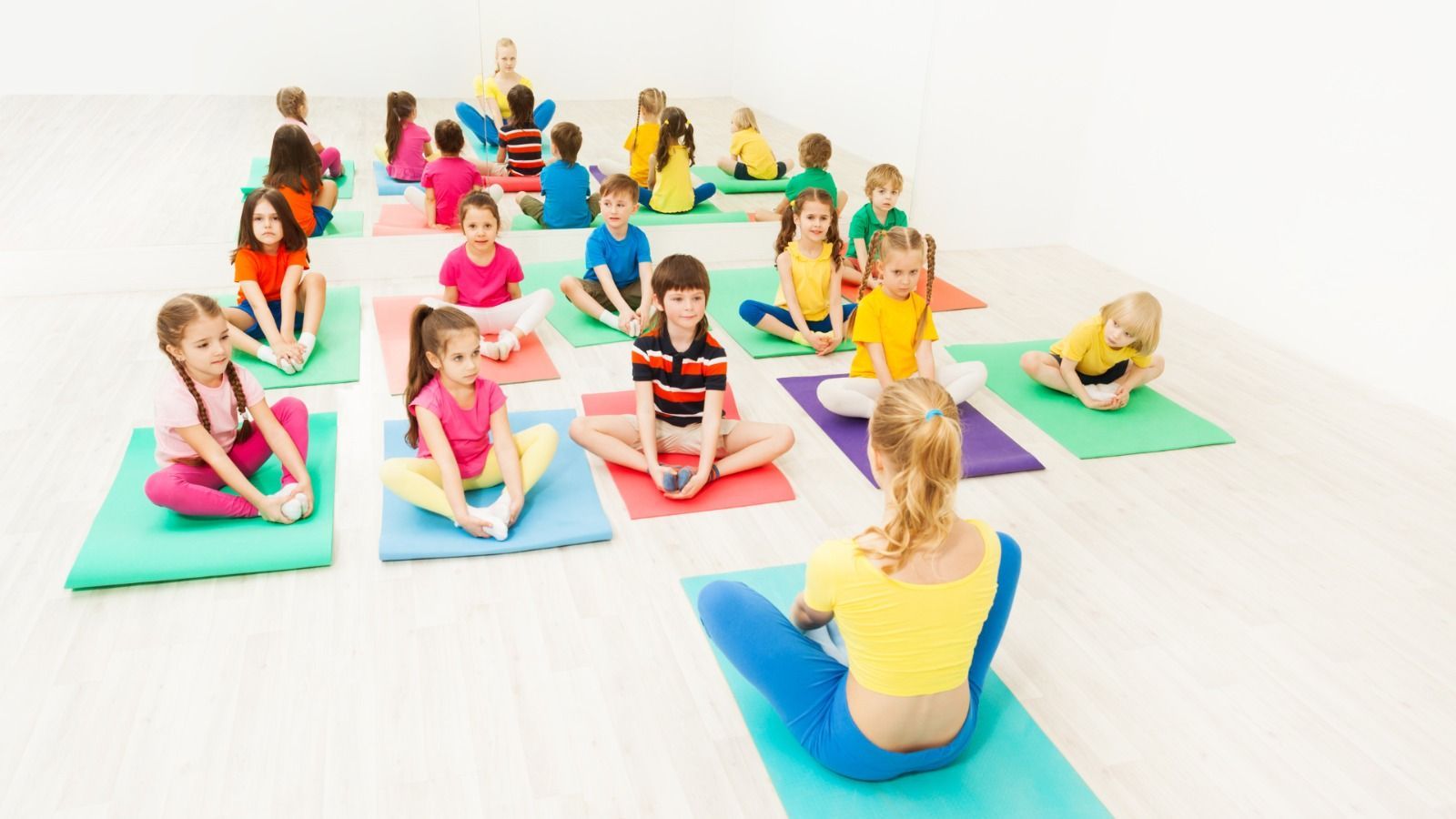The Benefits of Strength Training for Kids and Teens
Confidence and athletic performance. Discover tips for safe and effective strength training.
Strength training offers incredible benefits for kids and teens that go far beyond bigger muscles. While it does help build a strong, muscular physique, strength training provides so much more - from boosting self-confidence to improving sports performance. As a parent, helping your child develop a strength training routine is one of the best investments you can make in their health, wellbeing and future success.
Why Strength Training is Essential for Kids and Teens
Strength training used to be seen as an activity reserved for elite adult athletes. But research now shows that strength training is safe and highly beneficial for kids and teens. Here are some of the top reasons why strength training should be part of every child's fitness regimen:
- Builds Strong Bones: The mechanical stress placed on bones during strength training stimulates bone growth. This helps build bone density in youth to prevent osteoporosis later in life.
- Supports Healthy Weight Management: Strength training boosts metabolism and builds lean muscle mass. The more muscle you have, the more calories your body burns at rest. This makes it easier to maintain a healthy body weight.
- Reduces Injury Risk: Building muscular strength provides stabilization for joints. This helps prevent injuries during sports and recreational activities.
- Enhances Sports Performance: Stronger muscles equal improved power, speed and agility - all key attributes for sports. Strength training gives kids a competitive edge.
- Boosts Self-Esteem: Getting stronger and seeing muscle development builds confidence. Strength training empowers kids to feel good about themselves.
The benefits are clear. Strength training should be included in every child's physical fitness program.
Safety First: Proper Technique is Essential
While the benefits are immense, safety should be the number one priority when strength training with kids. Children are not simply small adults. There are important differences to consider:
- Kids have open growth plates at the ends of bones that fuse around puberty. These areas are vulnerable to stress.
- Tendons and ligaments in children are not as strong relative to muscle. They need time to adapt to training stresses.
- Children have less motor control and coordination than adults. Their technique needs more coaching.
With proper guidance, kids can start light strength training from around age 6-8 with just bodyweight exercises. From age 8-12, they can begin lifting lightweight dumbbells and machines. During the teen years, heavier strength training is appropriate as their bodies grow and mature.
The keys are proper exercise technique, close supervision and incremental progression. With patience and consistency, the strength training habit started in childhood will reap lifelong rewards.
Strength Training Exercises for Kids and Teens
There are many effective strength training exercises appropriate for children depending on their age and skill level. Here are some great options to incorporate:
Bodyweight Exercises
- Push ups
- Pull ups / chin ups
- Planks
- Squats
- Lunges
- Calf raises
Bodyweight exercises are a perfect starting point for most kids. They build a solid foundation of strength using their own body as resistance. Be sure to teach proper form and start with easier progressions, only advancing once they demonstrate mastery.
FREE WEIGHTS
- Bicep curlsShoulder press
- Goblet squats
- Rows
- Tricep extensions
- Calf raises
Light dumbbells allow kids to progress to more resistance training. Focus on single joint movements and lighter weights to enable better control. Proper lifting mechanics are vital to avoid injury. Always supervise kids when using free weights.
Weight Machines
- Chest press
- Leg press
- Lat pulldown
- Seated row
- Leg extension
- Leg curl
Weight machines are great for older kids as they feel more stable and controlled. The fixed movement pattern enables youth to target muscles safely as they grow stronger. Review proper seat adjustments and range of motion.
Integrate Strength Training 2-3 Times Per Week
Aim to incorporate focused strength training into your child's routine 2-3 times per week on non-consecutive days. Allow at least one day of rest between sessions.
Keep sessions short - around 30-45 minutes for younger kids and up to 60 minutes for teens. Focus on quality over quantity, performing 1-3 sets of 8-15 reps of each exercise using proper technique.
Make strength training fun by creating circuits or challenges. But also teach kids to listen to their body - it's perfectly fine to take breaks as needed!
Nutrition Supports Strength Gains
Proper nutrition provides kids with the fuel and building blocks to get stronger. Make sure your child is eating enough protein, carbohydrates, healthy fats, fruits and vegetables to support their activity levels. Kids should also stay well hydrated before, during and after training.
And don't forget the protein! Most experts recommend around 0.5 to 0.8 grams of protein per pound of body weight daily for kids and youth athletes. High protein foods like meat, eggs, dairy and plant-based proteins aid muscle repair and development.
Nutrition Supports Strength Gains
Proper nutrition provides kids with the fuel and building blocks to get stronger. Make sure your child is eating enough protein, carbohydrates, healthy fats, fruits and vegetables to support their activity levels. Kids should also stay well hydrated before, during and after training.
And don't forget the protein! Most experts recommend around 0.5 to 0.8 grams of protein per pound of body weight daily for kids and youth athletes. High protein foods like meat, eggs, dairy and plant-based proteins aid muscle repair and development.
The Takeaway
Strength training offers tremendous benefits for kids and teens - from building healthy bones to boosting self-confidence. With patience and proper guidance, developing strength early in life will pave the way for good health, physical performance and an active future.
The key is starting light with safe, basic exercises using proper technique and slowly progressing under supervision. Make strength training fun by incorporating it into play, circuits and challenges.
So don't wait - help your kids reap the rewards by starting a strength training routine today! Let their young muscles get strong and build the foundation for a lifetime of health and fitness.
Contact Gantrykids today to learn more about our specialized youth strength training programs!
If you're looking for fun activities and exercise programs for your kids and teens reach out to us at Gantry Kids & Teens in New York. We're looking forward to working with you and your kids. Whether a novice or elite athlete, we got you covered with classes, after school, camps, the occasional Saturday night, private training or even celebrating a special event. We’re Building Tomorrow’s Leaders Today! Contact us today.
46th Road, Long Island City, NY, 11101
631.882.6807
info@gantrykids.com
All Rights Reserved | Gantry Kids | Powered by AutomationLinks











